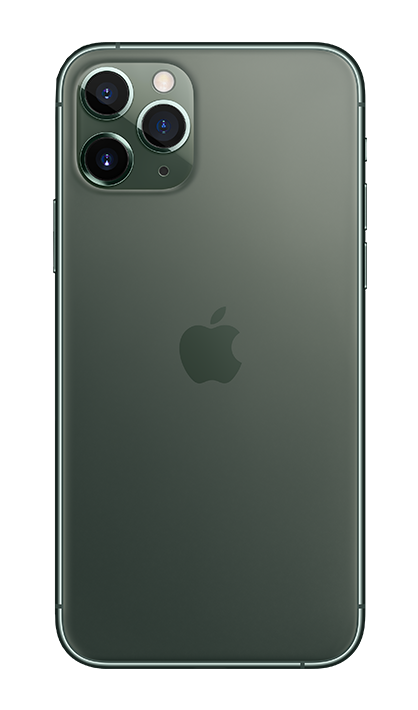Troubleshooting
Before opening an issue, make sure you try the following:
## iOS
1. Try cleaning and rebuilding **everything**:
```sh
rm -rf package-lock.json && rm -rf yarn.lock && rm -rf node_modules && rm -rf ios/Podfile.lock && rm -rf ios/Pods
npm i # or "yarn"
cd ios && pod repo update && pod update && pod install
```
2. Check your minimum iOS version. react-native-vision-camera requires a minimum iOS version of **11.0**.
3. Check your Swift version. react-native-vision-camera requires a minimum Swift version of **5.2**.
4. Make sure you have created a Swift bridging header in your project.
1. Open your project with Xcode (`Example.xcworkspace`)
2. In the menu-bar, press **File** > **New** > **File** (⌘ + N)
4. Use whatever name you prefer, e.g. `File.swift`, and press **Create**
5. Press **Create Bridging Header** when promted.
5. If you're experiencing weird behaviour, check the logs in Xcode to find out more.
## Android
1. Since the Android implementation uses the not-yet fully stable **CameraX** API, make sure you've browsed the [CameraX issue tracker](https://issuetracker.google.com/issues?q=componentid:618491%20status:open) to find out if your issue is a limitation by the **CameraX** library even I cannot get around.
2. If you're experiencing weird behaviour, check the logs in Android Studio/Logcat (⌘ + 6) to find out more.
3. If a camera device is not being returned by `getAvailableCameraDevices()`, make sure it meets the minimum requirements - that is minum supported harwdware level of `LIMITED` and above. See [this section in the Android docs](https://developer.android.com/reference/android/hardware/camera2/CameraDevice) for more information.

